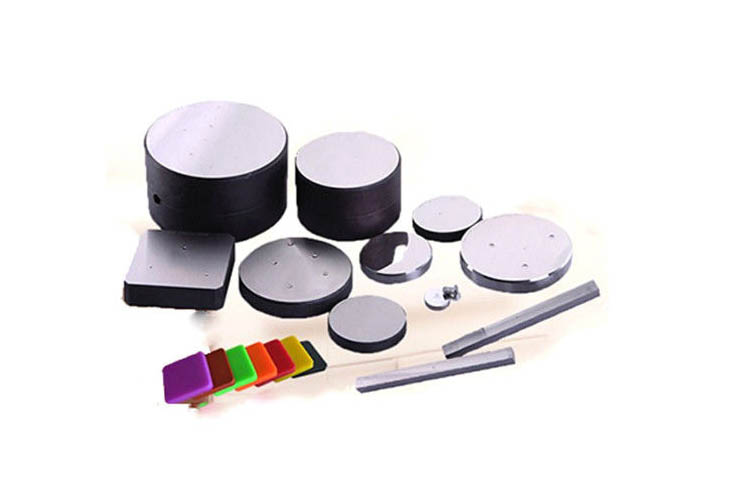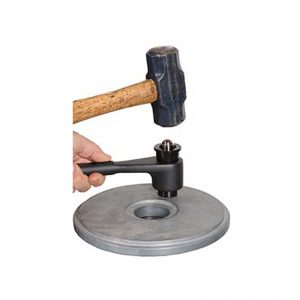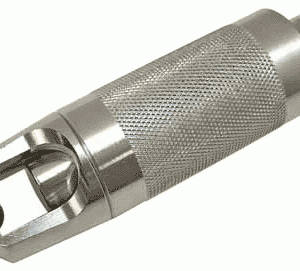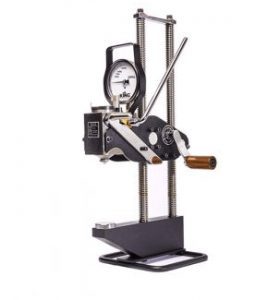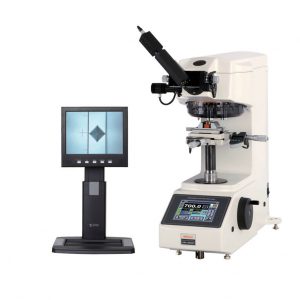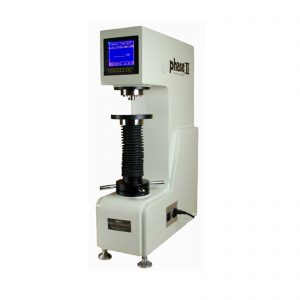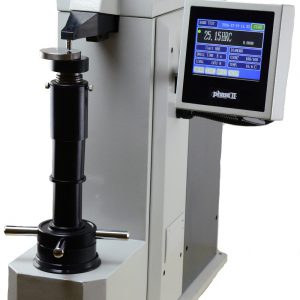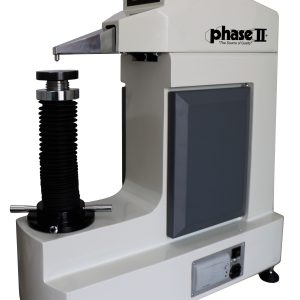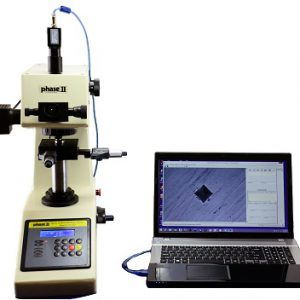No products in the cart.
Return To ShopBrinell, Rockwell, and Vickers Hardness Tests: The Differences Explained
Metal hardness tests are crucial to engineers, metallurgists, and manufacturers in many industries, from automotive, to oil and gas, and aerospace to name a few. Performing a hardness test is a critical step in qualifying metal parts and determining the various properties of a specific metal. A metal passing or failing a test will help dictate product design, production process, and innovation. There are many different metals and alloys and different applications of those materials. Different test scales are used to assist engineers in selecting the appropriate metals and hardness for their specific application. The three most widely used today are Brinell, Rockwell, and Vickers.
Brinell Hardness Test
Proposed by J.A. Brinell in 1900, the Brinell Hardness Test was the first standardized hardness test to be used, and it is still widely used today. In this test, the metal surface is indented with a 1 to 10 mm diameter steel, or most recently, a tungsten carbide ball at heavy loads of up to 3,000 kg. The resulting impression’s diameter is measured using a low-power microscope. Brinell method determines the indentation hardness of metal materials, so this is not used on fully hardened or thin material. The Brinell test is used on materials with coarse grain or rough materials where the surface is too rough to be tested through other methods. The main drawback of the Brinell is that there larger permanent indentations in the samples and the test is slower than other tests.
Rockwell Hardness Test
The Rockwell Hardness Test is probably the most well-known and widely used hardness test out there. It was developed by Professor Paul Ludwik in Vienna and popularized in 1914 by two brothers Stanley and Hugh Rockwell, who worked for a manufacturing company in Bristol, CT. The Rockwell test is the less destructive alternative to the Brinell test because it uses a smaller indenter. It is the easiest and least expensive hardness test to administer because it requires very little material prep. Unlike the Brinell Hardness Test, the Rockwell Hardness Test can also be used on many kinds of hardened materials. No wonder, the Rockwell Hardness Test is one of the most commonly used methods of measuring metal hardness.
Vickers Hardness Test
The Vickers Hardness Test, also known as a Micro or Macro Vickers Hardness Test, was developed in 1924 at Vickers Ltd, a British engineering conglomerate. This test is done with less force and more accuracy than the Brinell or Rockwell tests. It uses an even smaller diamond indenter than a Rockwell machine. The Vickers test has an optical system that enables magnification of the material’s target area. This allows the tester to focus on microelements on the surface and provides a more accurate and pinpointed test. However, the material must be prepped and polished much more than other tests. Using the optical system makes it a more expensive and slower working machine than the Rockwell or Brinell testers. The level of accuracy provided by the Vickers Hardness Test is not needed for every application. So, it’s important to understand the quality requirements before overspending on this type of testing.
All three hardness testing methods have their strengths and weaknesses and are well suited for different types of materials. One thing is for sure – the increasing innovation and desire for higher quality has increased demand for hardness testers and testing blocks.
One relatively recent trend includes the emerging use of portable testers. “Portable hardness testers are another trend, as they will continue to evolve and improve to handle a greater number of applications effectively” (Quality Magazine, Feb 2020 Issue. https://www.qualitymag.com/articles/95907-hardness-testing-changes-with-the-times).
Metallurgical Supply Company (METSUCO) has been a leading supplier of hardness testing machines and blocks for over 30 years. We serve not only industries such as oil and gas, aerospace, automotive, and heavy manufacturing, but also universities and quality testing labs. Call 713-827-0700 or email sales@metsuco.com with inquiries.

